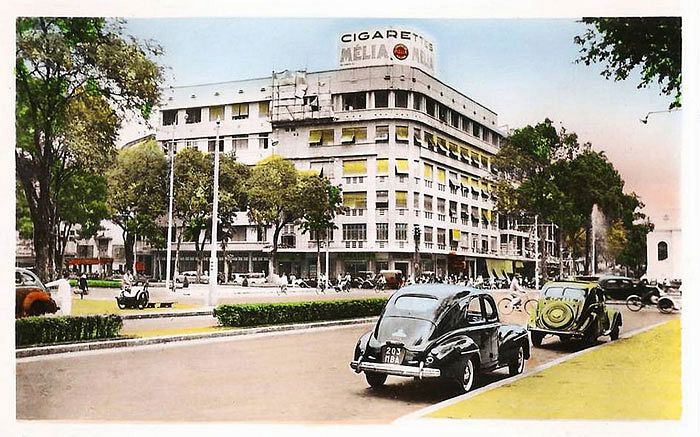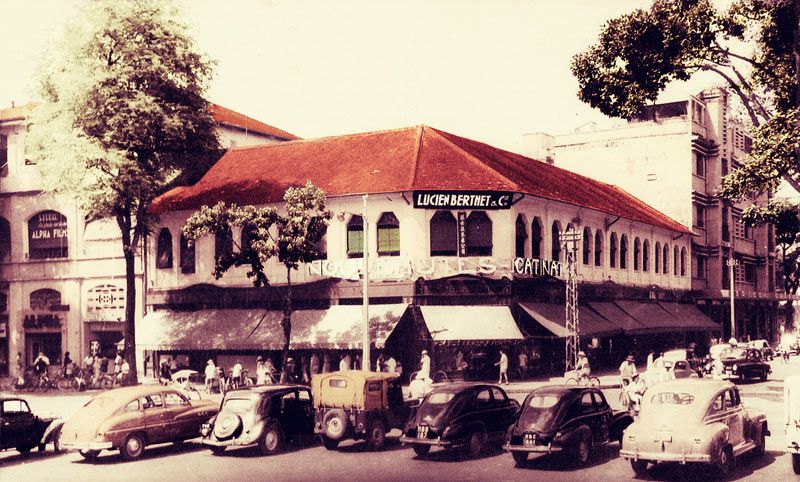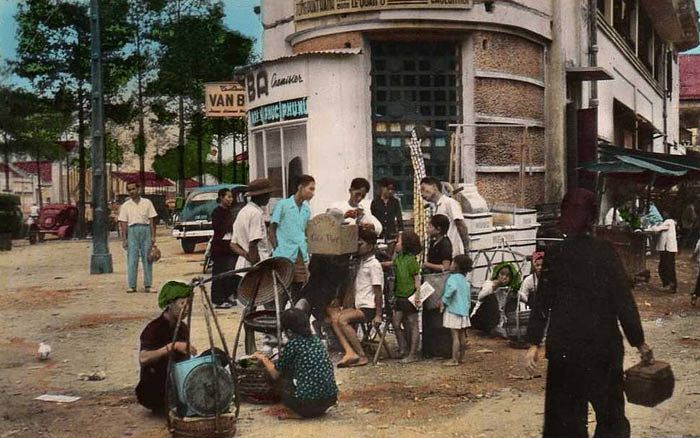In the 1960s, the height of existentialism and hippy ideals in Saigon, many of the city’s wealthy hung out at restaurants, discotheques and drug dens in Districts 1 and 3. Dai became a familiar face in these establishments where he befriended engineers, doctors and artists such as Dzach Buu, Dzi Buu and Hoang Sayonara who later became Dai’s mentor for business strategy.
Read Part 1 of this series here.
He began to expand his business to casinos (like the one pictured above) and soon became the wealthiest and most well-known ‘protector’ of the city’s illicit establishments. The other 3 famous mob bosses (Ty, Cai and The) attempted to usurp Dai’s power with a failed assassination.
Though wounded in the attack, it did not stop him from coming for revenge and Dai personally ‘sorted out’ those who had tried to kill him. Terrified, Ty, Cai and The called a truce with Dai and it was then that the saying "First Dai, second Ty, third Cai, fourth The" became popularized.
The corrupt government of Saigon, propped up by a system of bribery, provided Dai the means to spread his business. He was allowed to open casinos anywhere in District 1 and, in return, provided a monthly payment to local authorities.
With money and power, Dai Cathay spread to the inviolable Cho Lon (District 5) the land of Tin Ma Nam, leader of the area's Chinese mafia. Instead of fighting him head on, he had patrons of Tin Ma Nam’s casinos wounded and slowly, people avoided these establishments.
With his business declining, Nam struck an agreement with Dai, which gave him control of the entire area between Nancy Market and District 1.
Dai’s reputation also drew the attention of prominent officials such as Nguyen Cao Ky, who asked Dai to become his personal guard, and General Nguyen Ngoc Loan who failed to bribe Dai. Gaining more fame by defying the government, Dai feared no one, but little did he know, he was coming close to his end.
Imprisoned in November, 1966, accused of masterminding the car accident that killed Tran Kim Chi, an important general of Nguyen Ngoc Loan’s staff, Dai was sent to Phu Quoc Prison.
In 1967, Dai’s last wife bribed the guards in order to facilitate his escape. But as soon as he passed through the front gate, the alarm was sounded and guards chased him to the North of the island.
No one ever saw Dai again.
The missing mafia boss was rarely mentioned in newspapers but it was said that General Nguyen Ngoc Loan, offended by Dai’s rejections, had been aware of the prison break. As the story goes, after allowing the escape to take place, he sent Lieutenant Tran Tu Khanh and a group of commandos to terminate Dai and his crew.
Khanh later told reporters that he himself shot Dai Cathay dead.
Perhaps due to his brave (or arguably foolish) act of defying two of Saigon’s most powerful officials, Dia may have brought about his own silent and vain death. Nevertheless, the legend of a boy with who lived a childhood of struggle who became the most powerful mafia figure in 1960s Saigon lives on.
These articles are not meant to be taken as historical fact. Much of the history of this period, and especially that of organized crime is preserved by rumor and word-of-mouth.














